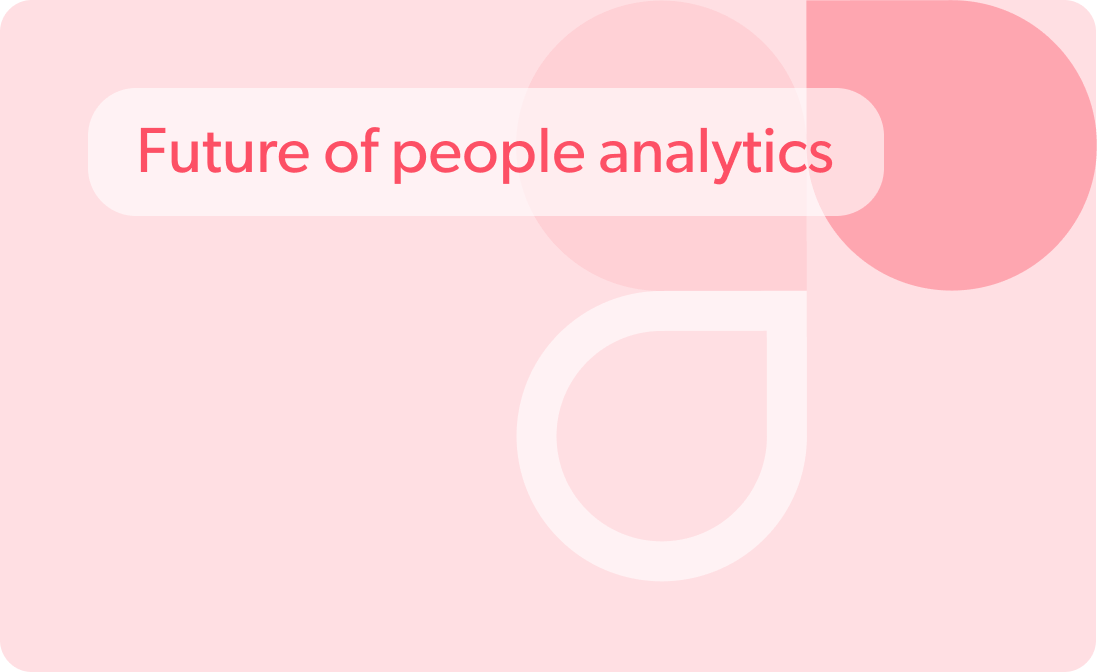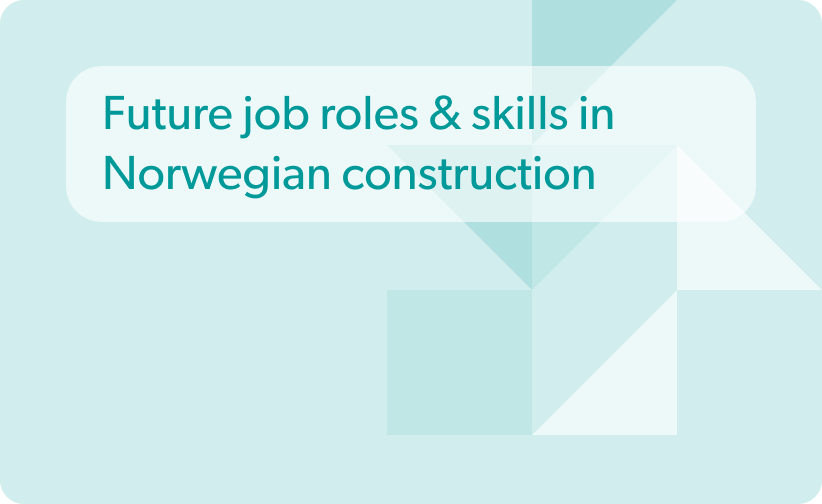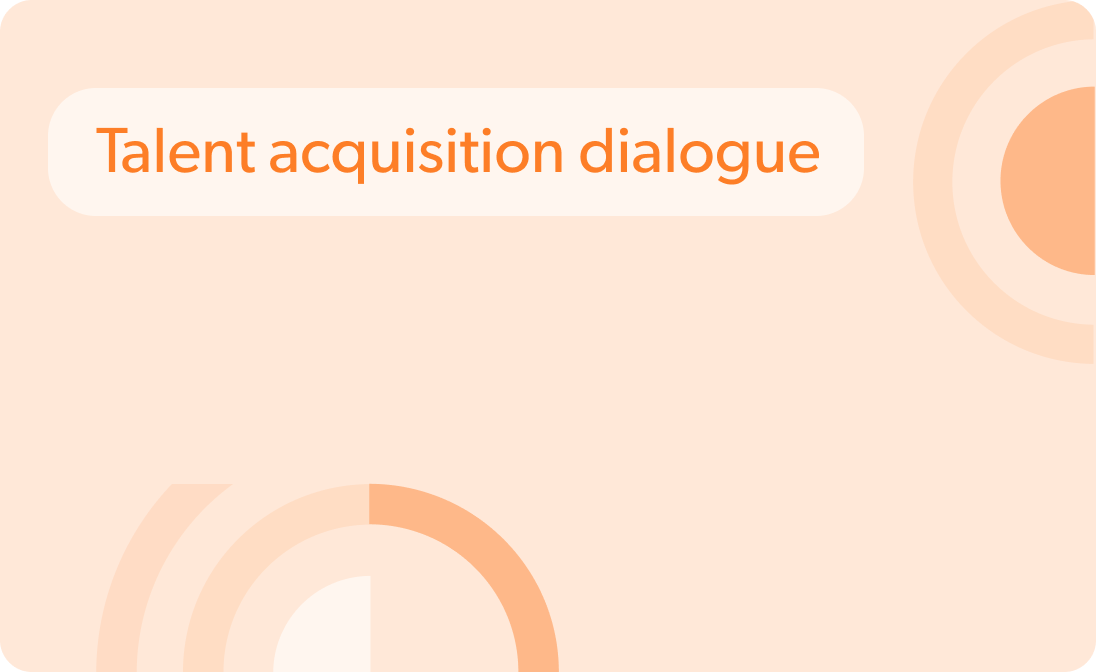Skills intelligence for a future-proof workforce
Table of contents
What is skills intelligence?
The concept of skills intelligence emerged in the 2000s and refers to the ability to identify, acquire, and apply skills that are in demand today and will be required in the future job market. As the job market rapidly evolves, it is critical for individuals and organizations to stay informed about emerging skills as well as the trends and challenges shaping the job market.
Here’s an example of how skills intelligence can be applied in the pharmaceutical industry.
Let’s say that a pharmaceutical company wants to develop a new drug to treat a specific disease. To do this, they must assemble a team of scientists and researchers with the right skills and expertise.
The company begins by conducting a skills assessment to identify the skills and competencies that are most important for success in drug development. They gather data from various sources, including scientific literature, regulatory requirements, and input from subject matter experts.
Based on this data, the company identifies several critical skills and competencies for drug development success, including:
- Knowledge of biochemistry and pharmacology
- Experience in preclinical and clinical research
- Expertise in drug formulation and manufacturing
- Understanding of regulatory requirements and compliance
- Strong project management skills
Using this information, the company creates a skills intelligence framework to guide their talent management efforts. This framework includes:
- Job descriptions and competency models that clearly define the skills and competencies required to succeed in drug development roles
- Skills assessments and performance metrics to measure employee performance against these competencies
- Learning and development programs that help employees develop the skills they need to succeed in their roles, including on-the-job training, coaching, and continuing education
- Talent management programs that help to identify high-potential employees and provide opportunities for career development
The company can assemble a highly skilled and experienced team to develop the new drug using this skills intelligence framework. They can then measure the effectiveness of their skills intelligence program through performance metrics, such as the success of the drug in clinical trials and the speed with which it is approved by regulatory agencies. The company can also use skills intelligence to identify opportunities for continuous improvement, such as identifying new skills and competencies that may become important to successfully develop new drugs in the future.
Reasons why skills intelligence is essential for future-proofing the workforce
Many companies use skills intelligence to improve talent management and employee development. Here are some examples of how skills intelligence can be assessed in different contexts.
Adapting to changing demands
With technological advancements and global economic changes, the job market is constantly evolving. According to the latest Global Risks Report 2023 by the World Economic Forum, artificial intelligence (AI) and other technologies are expected to displace around 85 million jobs by 2025. The report states that “Skills and infrastructure gaps undermine capacity further as staff become overwhelmed by challenges for which they are not adequately equipped or supported to solve, leading to more strikes over pay and staffing levels.”
By staying informed about what skills are in demand today and which are likely to be required in the future, organizations can adapt to changing labour market demands and stay ahead of the curve.
Google’s Project Aristotle uses skills intelligence to identify high-potential employees and create plans that help them develop the skills they need to succeed in their current roles and prepare them for future leadership positions. Google uses performance data, employee surveys, and other data sources to identify skills gaps and development needs.
Enhancing innovation and creativity
Developing skills intelligence can help organizations identify emerging trends and opportunities, which can fuel innovation and creativity. By keeping an eye on the market, individuals can identify gaps that need to be filled and develop skills that can help them take advantage of new opportunities. NASSCOM and UNESCO have shared a research which says that a lack of digital skills could cost 14 of the G20 countries a loss of $11.5 trillion in cumulative GDP growth by 2028.
General Electric uses skills intelligence to identify the skills and competencies that are most critical for success in different roles within the organization. They use this information to develop targeted training and programs that help employees develop the skills they need to succeed in their current and future roles.
Preparing for the future
With increasing automation and workforce digitalization, staying informed about skills that will be in demand is important. By developing skills intelligence, organizations can prepare for the future and ensure they have the skills to remain competitive in a rapidly changing job market.
Amazon uses skills intelligence to identify high-potential employees and to create development plans that help them develop the skills they need to succeed in their current roles and prepare for future leadership positions. They also use skills intelligence to inform recruitment and talent management strategies, ensuring that they attract and retain top talent.
Skills intelligence is a critical component of talent management and employee development, and many leading companies are using it to improve their performance and competitive advantage.
The process of skills intelligence
The skills intelligence process involves several steps, which can be summarized as follows:
Identify the key skills and competencies required for different roles within the organization: This involves analyzing job descriptions, performance metrics, and industry benchmarks to identify the skills and competencies that are critical for success in different roles.
Assess employees’ skills and competencies: This can be done through performance reviews, self-assessments, and/or skills assessments. The goal is to identify the strengths and weaknesses of each employee and identify any skills gaps that need to be addressed.
Create a skills inventory: This involves documenting the skills and competencies of each employee and mapping them to the requirements of different roles within the organization. Creating a skills inventory allows employers to identify potential internal candidates for job openings and succession planning.
Create a skills development plan: Based on the skills inventory, an employer can create a development plan for each employee to address any skills gaps and help them develop the skills they need to succeed in their current or future roles.
Monitor progress and adjust the plan as needed: Employers should regularly review employee progress and adjust the skills development plan as needed to ensure that employees are moving towards their goals and that the organization is meeting its talent management needs.
Skills intelligence is an ongoing process that requires continuous monitoring and adjustment to ensure that employees are developing the skills they need to succeed and that the organization is meeting its talent management needs.
How can HRForecast help with skills intelligence?
HRForecast’s smartData solution gathers and analyzes information about market trends, competition, customer needs, and other external factors that can impact an organization’s success. With data from over 500 million job postings crawled per year, 8,000+ jobs titles in 24 languages, 100,000+ skills in the skills library, data sources in 122 countries for efficient analysis, and access to 900+ job portals, smartData can be used to inform skills intelligence in several ways.
Identify emerging skills and competencies: smartData can help identify skills and competencies that are becoming increasingly important in the industry or market in which an organization operates. This information can be used to inform skills intelligence efforts, ensuring that employees are developing the skills they need to stay competitive in the marketplace.
Understand talent competition: smartData can help identify competition for talent in a particular market or industry. These insights can be used to inform recruitment and talent management strategies, helping organizations attract and retain top talent.
Identify training and development opportunities: smartData can help identify training and development opportunities that can help employees develop the skills they need to succeed in their roles. For example, if market intelligence suggests that data analytics is becoming increasingly important in a particular industry, an organization may invest in training programs to help employees develop their data analytics skills.
Inform succession planning: smartData can help inform succession planning efforts by identifying the skills and competencies that will be most critical for success in future leadership roles. This can help organizations identify high-potential employees and develop them for future leadership positions.
Overall, smartData can help HR leaders to enhance skills intelligence efforts, ensuring that organizations are developing the skills and competencies they need to stay competitive in the marketplace and achieve their strategic objectives. Contact our consultants to book a demo.
Stay up to date with our newsletter
Every month, we’ll send you a curated newsletter with our updates and the latest industry news.


























 info@hrforecast.de
info@hrforecast.de
 +49 89 215384810
+49 89 215384810






